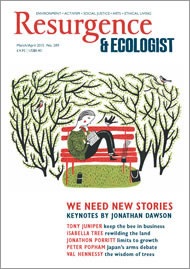The early 1980s were a hopeful time in Nicaragua. In 1979, after years of insurrection, the Sandinista revolutionaries ousted the Somoza dictatorship that had ruled the Central American country for decades. Even though the Somozas had emptied the treasury and the country (especially the capital city of Managua) was still visibly ruined after the deadly earthquake of 1972, as well as the destruction caused by the insurrection, the new government launched programmes to improve education, literacy and public health.
Meanwhile, however, the US was organiing and funding counter-revolutionary (Contra) guerrilla forces to attack civilians, sabotage infrastructure, and overthrow the new left-leaning Sandinista government. The US continued its war until the Sandinistas lost the presidency to the US-backed candidate in the 1990 elections.
From 1985 to 1990, working with Witness for Peace (WFP) as a photojournalist, Paul Dix photographed hundreds of survivors of the Contra War. It was there that Dix met Pam Fitzpatrick, another WFP volunteer. By documenting the violence, they wanted to help mobilise opposition in the United States to end the war.
Since 2002, Dix and Fitzpatrick have returned to Nicaragua four times. They have spent 18 months locating the people Paul had photographed in the 1980s to see how they were doing. The outcome is a visually touching and historically valuable book. We learn about the backgrounds of these victims and how they are living in their present situations, and read excerpts from their personal testimonies.
I was amazed by the strength, grace, and fortitude of the Nicaraguans featured in this book: brave souls seen both during the height of the war in the 1980s as the victims of violence, and then during the recent years as they move forward in spite of the burdens caused by the war. In their own words, they tell how they continue to find ways to focus on the positive, despite serious injuries, traumas and economic hardship.






